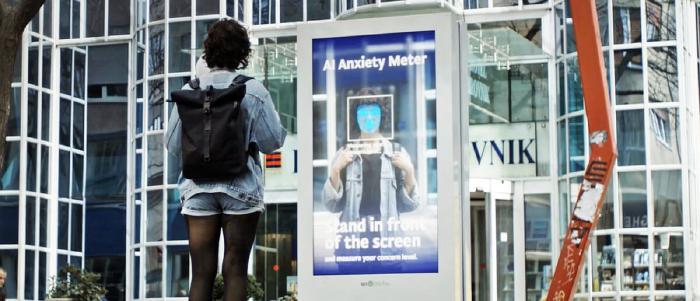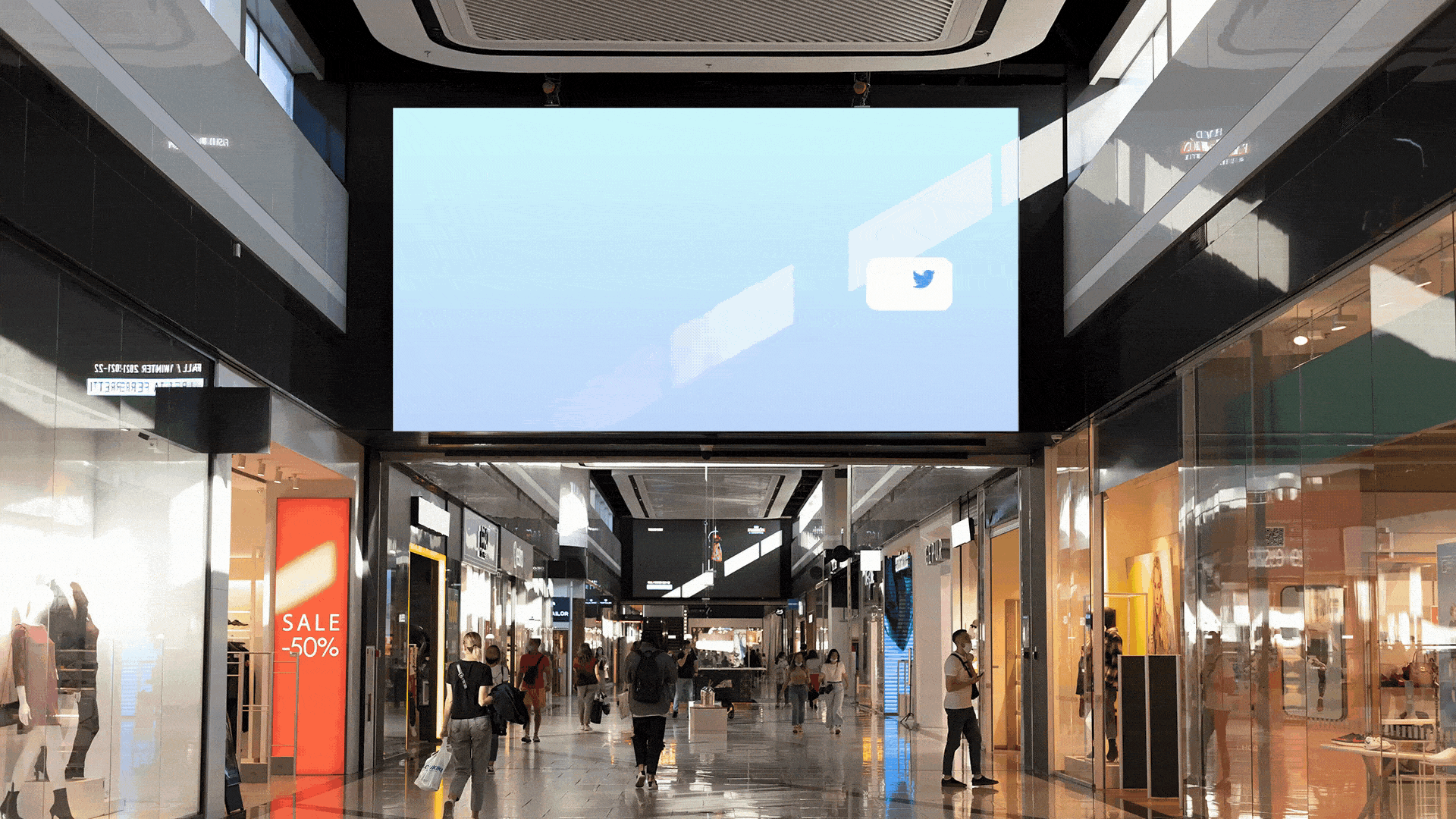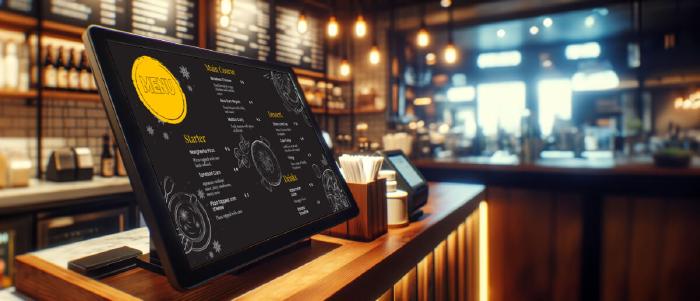
Dec 21 2023
8 min read


Jan
The frequency of digital signage content refresh is crucial to maintaining high audience engagement. This periodicity can vary depending on the nature of communication. For example, a retail PoS advertisement screen running promotions on various products will have a higher scope to diversify its content than a display installed at a manufacturing plant to primarily show safety information to its workers.
Nevertheless, there are some best practices and content rotation guidelines to ensure maximum effectiveness and impact of what they decide to put on your screens.
The following best practices will help you stay organized and reduce your efforts to achieve highly relevant and updated digital signage network.
#1 Keep a habit of scheduling content
The first and most effective way to refresh digital signage content is by having a scheduling strategy.
Businesses can ensure fresh and relevant content rotation by planning ahead:
What digital signage content will be played tomorrow or a week from now?
How long will a certain content run?
Is there any special occasion (like Christmas, New Year) approaching?
Of course, I am not suggesting you write everything in a logbook. If you are using a modern digital signage Content Management System (CMS) like Pickcel, you will undoubtedly have a virtual scheduler within the software.
For instance, the Pickcel scheduler works something like this:
Scheduling your digital signage media allows you to focus on your core business activities without having to bother about updating your screen content every time the season changes or a festival date arrives; much of your work gets automated.
Scheduling also ensures that time-sensitive digital signage messages like seasonal offers or meeting timetables are published without any delays or errors.
#2 Rely on live content

Playing live content on digital signage eliminates the need to update your media files manually. Such messages are also highly engaging as they bring value to your audience. For example, a live traffic update on a bus passenger information display offers much higher value to the commuters than a pre-defined welcome message.
Modern digital signage software platforms like Pickcel offer tons of live content apps that can fetch you real-time information on show them on your displays with minimal human intervention.
#3 Group your screens for faster content distribution
Keeping content fresh, relevant, and updated is a substantial challenge for businesses with large networks of hundreds and thousands of screens. In such cases, besides having a system to change your content design or form, you should also have a mechanism to quickly publish your media across these many screens.
A practical way of faster content publishing is to group your displays based on specific parameters like location use case and users and sub-users handling the signage network.
Screen grouping optimizes the time of digital signage content updates making it extremely convenient. However, this feature is often missing from many digital signage software. So, before choosing your digital signage software, ask your solution provider if the feature is available on their platform.
Pickcel allows grouping your screens for bulk publishing. You can simply type a custom label next to each screen and later filter all the screens attached to a specific label. Want to learn more about Pickcel? Ask for a demo. .
Here are three things to keep in mind while optimizing your efforts to drive faster content updates:
Developing a content calendar
As I mentioned earlier in the blog, scheduling is one of the simplest ways to tackle the tedious work of content rotation. But how do you schedule your content if you don’t have a content calendar for your digital signage messages?
You can create your digital signage content calendar on an excel sheet or use any of the hundreds of colourful templates available online.
While preparing the content calendar, you can put down special days like:
Important holidays (for example, Independence Day, labour Day, and Veteran’s day)
Celebrations of festivals (for example, Halloween, Thanksgiving, Christmas, and New Year)
Important days for your business (for example, Black Friday, Cyber Monday, or the launch of new products)
You will likely run a special offer or an event on these days. And that means you can plan your signage messages, the content design, and the content playback time.
Keeping it simple
To create fresh content at a higher frequency, your content should pop out with minimal effort. That means
You should avoid using complex animations for every creative piece.
If a message can be made clear with just text, then avoid going overboard with heavy images, videos or GIFs.
Try to create multiple versions of a single content by quickly editing background fonts or the Call-to-Action text.
Test and measure your results
Measuring the performance of your digital signage campaigns can help you develop a strong content strategy. Although there is no easy (and inexpensive) way to get view analytics of digital signage campaigns, you can still get an approximate range of how your content performs and whether the content is at all helping your viewers.
The simplest way to do that is to observe and collect feedback.
For example, an interactive product catalogue or a self-ordering kiosk can show a pop-up feedback form after every interaction asking things like: “How easy was it to find your product?” or “How likely are you to recommend our services to a friend?”
If you have the budget, you can also bring in analytics on your digital signage, like view counts or dwell time, using AI, sensors & cameras.
At the heart of any successful brand lies how well your customers can connect and relate with your marketing and communications. And fresh, relevant, and, most importantly, useful content is what keeps you coupled to your target audience. Though the refresh rate of your digital signage media will vary depending on a myriad of factors, one thing is certain: No refreshes, no views! So be a good doctor and do everything to keep your screens alive.😉
Take complete control of what you show on your digital signage & how you show it.
Take complete control of what you show on your digital signage & how you show it.
Start Free Trial Schedule My Demo
Dec 21 2023
8 min read

Dec 19 2023
8 min read

Dec 14 2023
7 min read

Dec 8 2023
8 min read